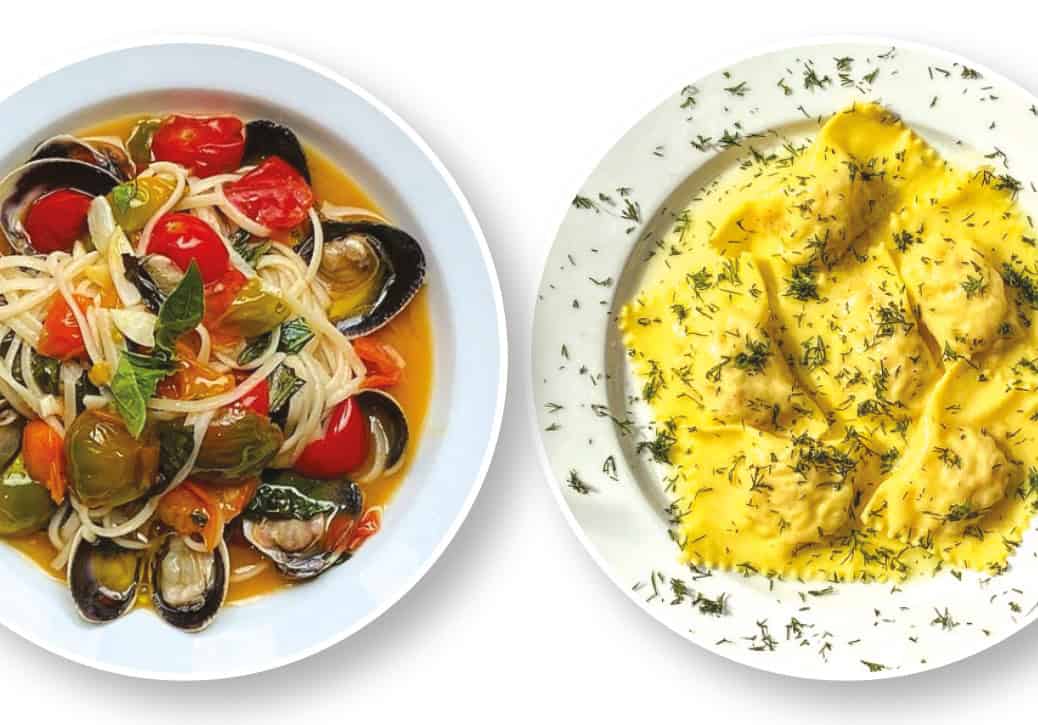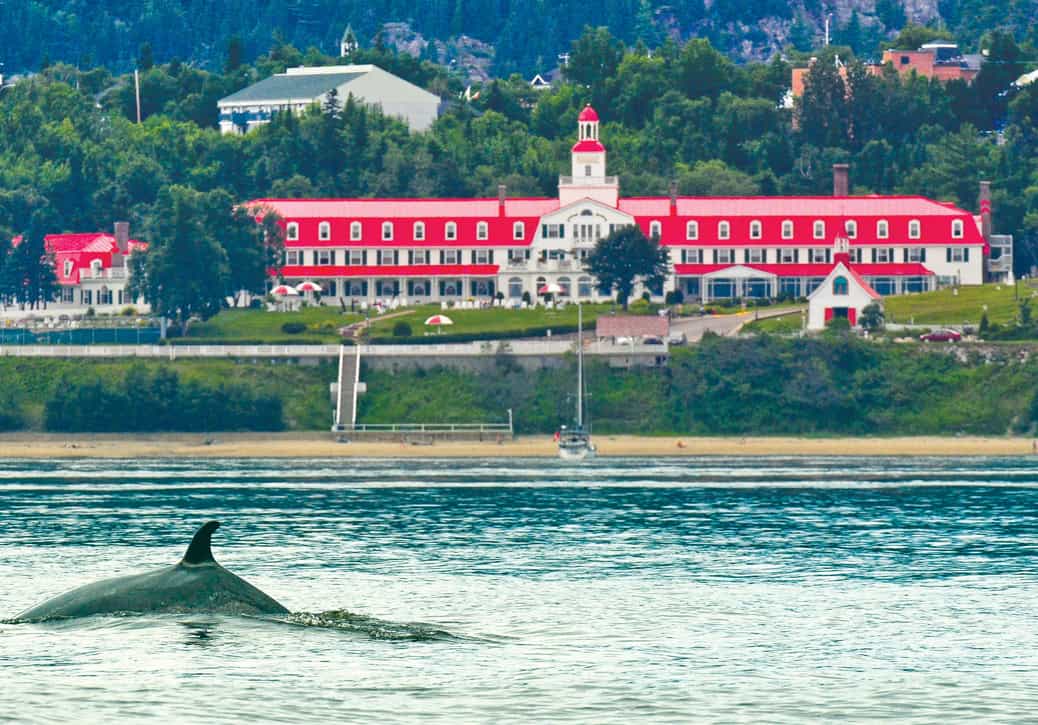By Caroline Tapp-McDougall
Strong, intelligent and one of the purest breeds in the world, today’s Icelandic horses are descendants of the hardy animals chosen by the first settlers to travel with them on Viking longboats to this rugged island in the North Atlantic.
Still staunchly protected to this day by horse-loving locals, the breed, known for its endurance, has remained successfully isolated for more than 1,000 years, keeping it relatively disease free and without external genetic input. In fact, we’re told, other horses have never been allowed to enter the country and any Icelandic horses that leave can’t return. Even experienced riders are asked not to bring their own gloves, chaps or riding boots, and to disinfect all gear (particularly helmets) before arrival.
Well suitable for therapeutic riding, some Icelandic horses are excellent jumpers and many are trained to quite a high level in dressage. Exported worldwide for carriage pulling, polo and barrel racing, as well as for general riding, the horses still are very much part of local culture with, at last count, around 80,000 of them sharing the island with four million puffins, 460,000 sheep, 340,000 Icelanders and onslaughts of curious tourists like us.
Heralding originally from an ancient race in Norway, these horses are a relatively small, pony-sized breed weighing 730–840 lbs and standing 52–56 inches. Known to be long-lived and spirited, Icelandics come in a variety of colors and patterns.
horsesoficeland.is













